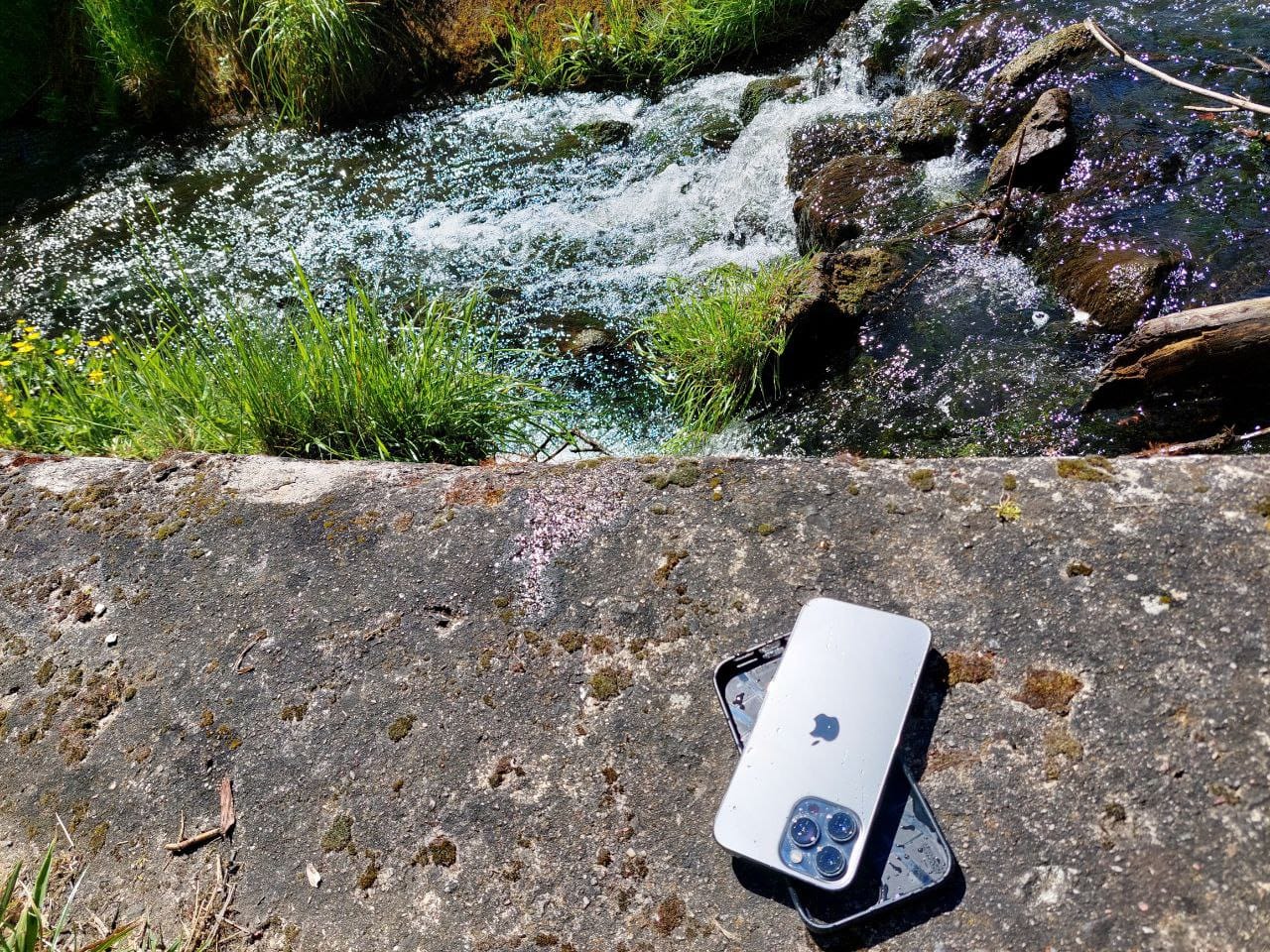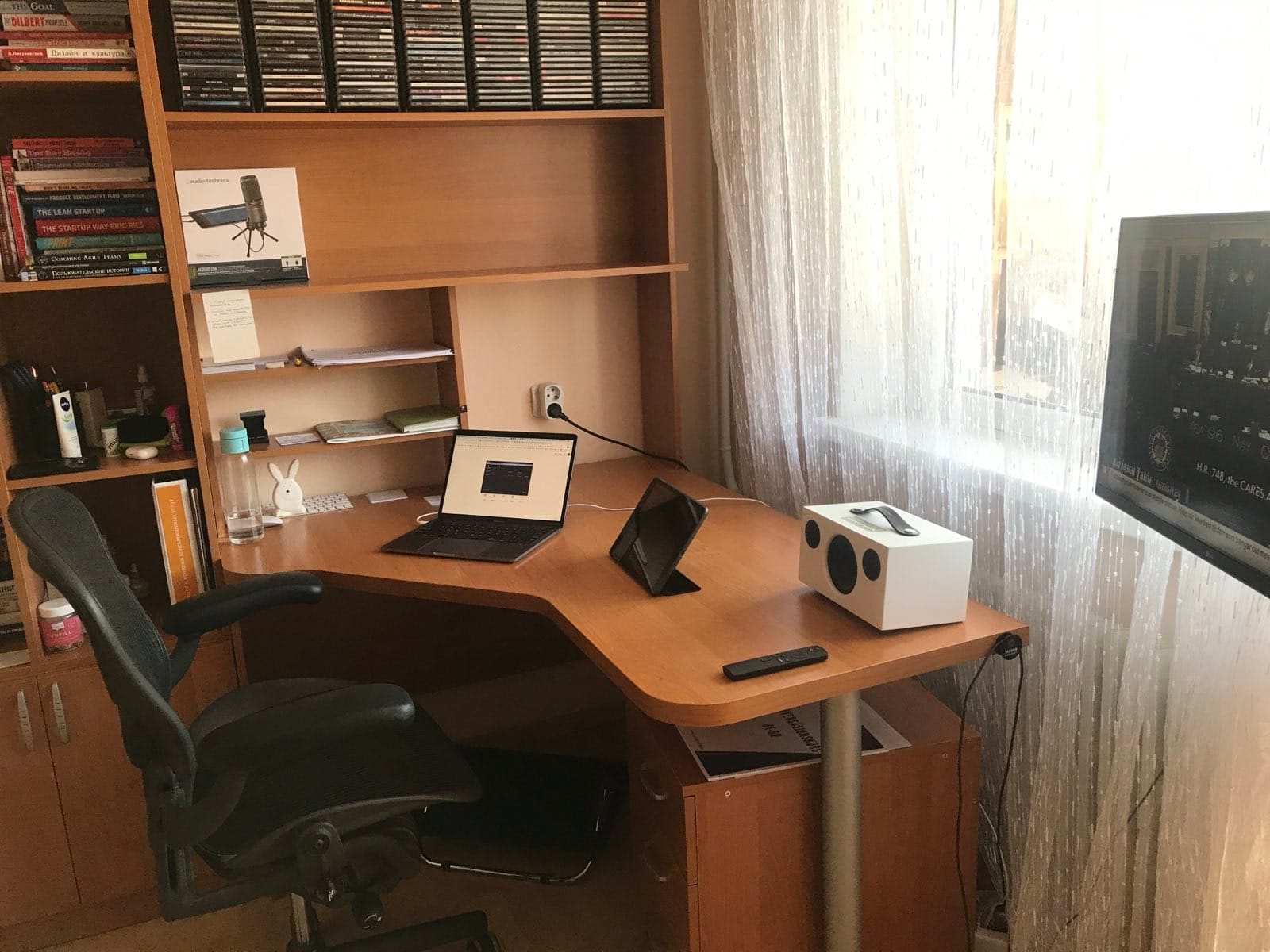A few thoughts on infrastructure after catching my phone from a spring
May 2024 3 min read
I like Superdry clothes - they fit well, materials are of a good quality, colors are to the point. Though pockets in their sweatpants and shorts are just terrible. They're not designed for anything bigger than coins or mint candies.
Because of these pockets I lost my phones twice (both times got returned, never worn these pants after it). This time it slipped from the pocket right into a spring while I was enjoying the sound of a running water.
This week I'm going to a tailor for a minor adjustment to the pockets, which should provide a solid cost savings in long term, a $4 update would de-risk a $1k device.This pocket drama made me think about infrastructure on a software projects:

Infrastructure investment today could be a difference between success and failure
Technical debt as an idea was coined to explain to CFO the need of working on infrastructure continuously (not only infrastructure, but let's focus). Comparing interest rate accumulation for financial assets with a risk or burden accumulation of constantly appearing flaws.
Thus not making the investment now or not paying negative interest that accumulates make issues mount.
I evidenced how a successful business ceased to exist as a social networking platform that was the main value proposition, failed an important update. It happened as it was only work on new features, never on infrastructure, refactoring hasn't happen in 5 years.
A flaw left unfixed is a mounting risk
You know about a problem, but it waits. It hasn't broken anything yet and for a long time, you got used to it. If the risk is tiny. Could 1% or even less. It's still a probability for unwanted event to occur. With infrastructure, the consequences could be dramatic, but it's never a time for such things in a busy calendar.
The solution is working on processes and infrastructure weekly. Dedicating at least 1 hour into keeping it smooth long term.
It's something huge when you can count on things you use
When your notebook is reliable, sneakers are durable, glasses are safe. It could cost to buy good things and they don't pay off right away. Then it's something more about it - you can just rely on them, don't bother and free up headspace for more important, more creative work.
Personal examples are:
- Moving to Mac from Windows didn't look like a win at first, then I never had to re-install operating system, fight with frequent OS and software crashes. It saved 100's of hours in 10 years.
- Aeron chair was pricy and I'm sure there are alternatives but it gave another level of comfort when working long hours in front of the screen didn't felt like a discomfort anymore.
- An 3-layer membrane raincoat made me do regular walks in the forest despite we moved to a place with much more raining.
Each of above-mentioned examples provided something more than just a boring reliability. They leveled up the quality of life. It elevated me from a problems I had into a creative state that made me do big positive changes in life.
